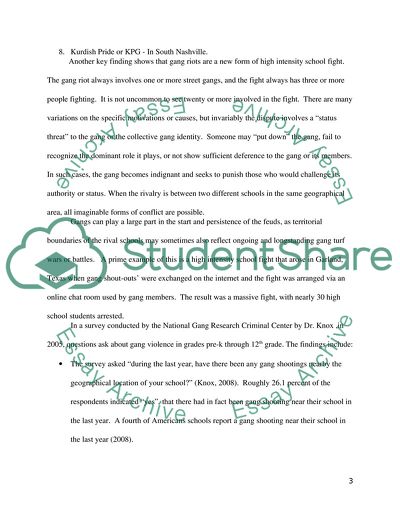Cite this document
(“Strategic Risk Of Gang Violence In School Case Study”, n.d.)
Strategic Risk Of Gang Violence In School Case Study. Retrieved from https://studentshare.org/sociology/1731447-gang-violence-in-school-system
Strategic Risk Of Gang Violence In School Case Study. Retrieved from https://studentshare.org/sociology/1731447-gang-violence-in-school-system
(Strategic Risk Of Gang Violence In School Case Study)
Strategic Risk Of Gang Violence In School Case Study. https://studentshare.org/sociology/1731447-gang-violence-in-school-system.
Strategic Risk Of Gang Violence In School Case Study. https://studentshare.org/sociology/1731447-gang-violence-in-school-system.
“Strategic Risk Of Gang Violence In School Case Study”, n.d. https://studentshare.org/sociology/1731447-gang-violence-in-school-system.


